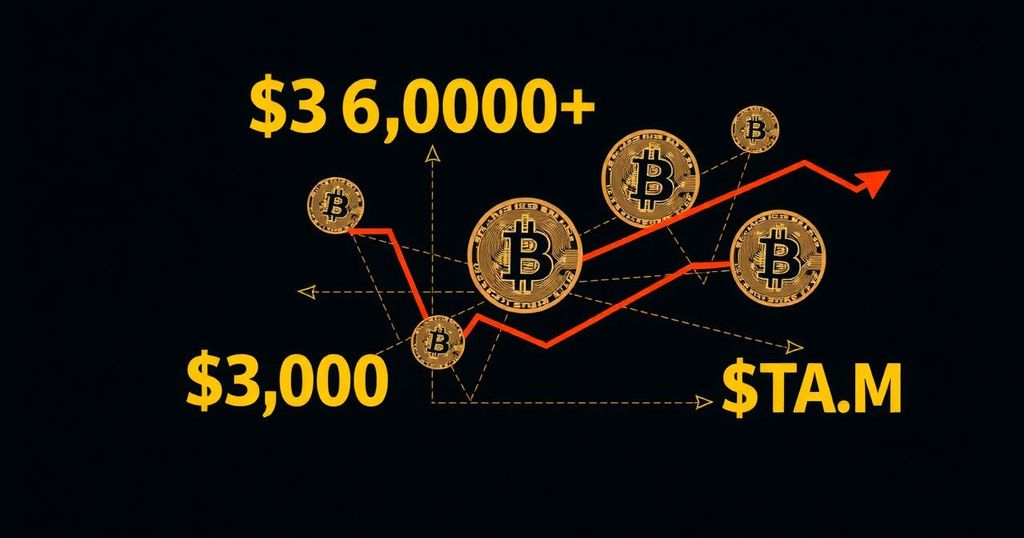5 Critical Factors That May Lead Bitcoin Price to Fall to $30,000
The current state of Bitcoin (BTC) presents a concerning trend as the price continues to decline, with veteran trader Peter Brandt recognizing the persistent bearish outlook for the cryptocurrency. This downward trajectory raises alarm, as five critical factors could potentially drive Bitcoin’s price to the significant support level of $30,000. The aforementioned reasons include: a bearish price structure, uncertainty in macroeconomic conditions, implications of the upcoming United States election, dismal on-chain metrics, and the looming threat of a recession akin to past economic downturns.
To elaborate, Bitcoin’s bearish price structure indicates a troubling series of lower highs and lower lows since reaching an all-time high of $73,835 in March 2024. This stagnation reflects a lack of buying momentum, suggesting a possible correction could navigate BTC’s value downwards to key levels such as $43,800, $41,350, $30,450, and potentially even $27,200.
In addition, prevailing macroeconomic conditions have exhibited instability. For instance, the Bank of Japan’s interest rate increment coupled with lackluster Nonfarm Payrolls data contributed to a significant correction, leading Bitcoin to experience a drastic 30% price drop. Should the jobs data, to be released on September 6, fall below market expectations, it is likely that recession fears will resurface, exacerbating the current market vulnerabilities. The Federal Reserve’s interest rate decision scheduled for September 18 could serve as a decisive factor in triggering a broader correction across financial markets.
Moreover, the cyclical nature of the US political climate has tangible effects on cryptocurrency markets. Historical patterns suggest that fluctuations in political sentiments, especially relating to the 2024 presidential elections, can alter market perceptions significantly. An increased likelihood of a Democratic win, particularly under the leadership of Kamala Harris, could introduce uncertainty around regulatory measures concerning cryptocurrencies, further destabilizing Bitcoin’s price.
Furthermore, BTC analytics reveal concerning trends through the 365-day Market Value to Realized Value (MVRV) ratio. Currently hovering around zero, the MVRV has not dipped below this threshold since March 2023, signaling potential profit exhaustion among investors. Should corrective measures occur, market dynamics may lead Bitcoin to test the aforementioned critical level of $30,000.
Conversely, should forthcoming economic reports exhibit positive surprises, there is potential for Bitcoin to reverse the current bearish sentiment, potentially driving the price upward towards $70,000 or beyond. However, achieving a bullish reversal would necessitate Bitcoin exceeding the recent high of $65,050 and subsequently establish a higher low above $49,050.
In conclusion, while the factors contributing to a potential decline in Bitcoin’s valuation are significant and multifaceted, the consideration of upcoming economic data remains pivotal in determining whether the cryptocurrency can reclaim a bullish trajectory or succumb to the pressures that could drive it toward $30,000. Investors should remain vigilant as the market navigates through these critical junctures.








Post Comment